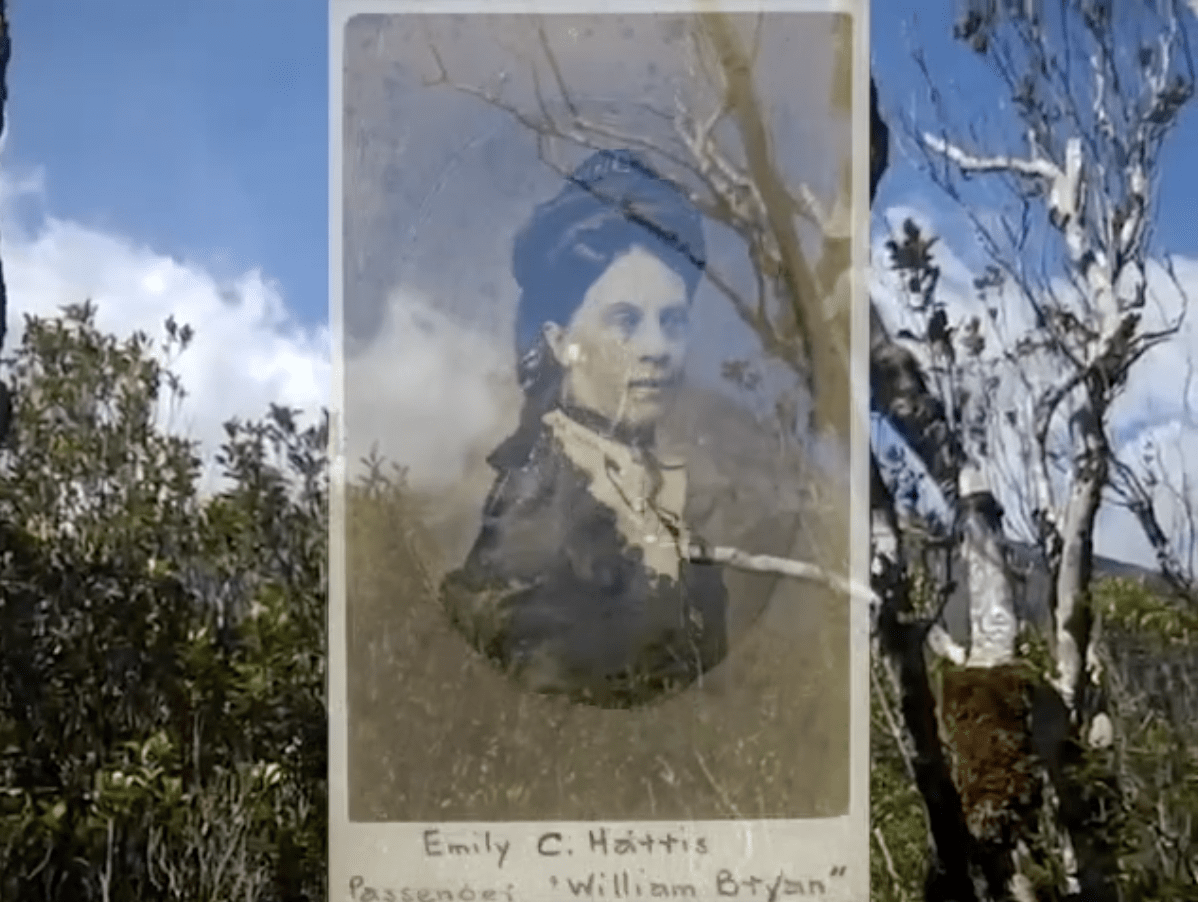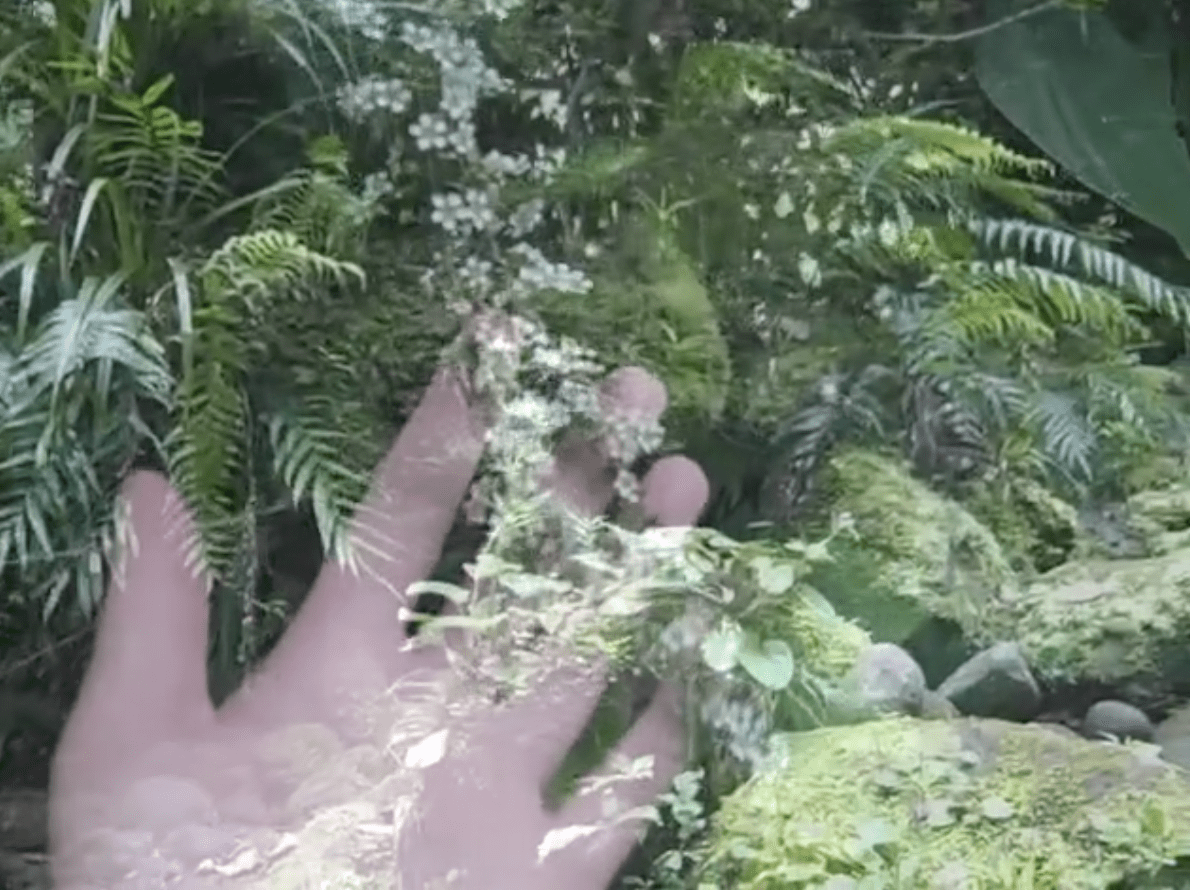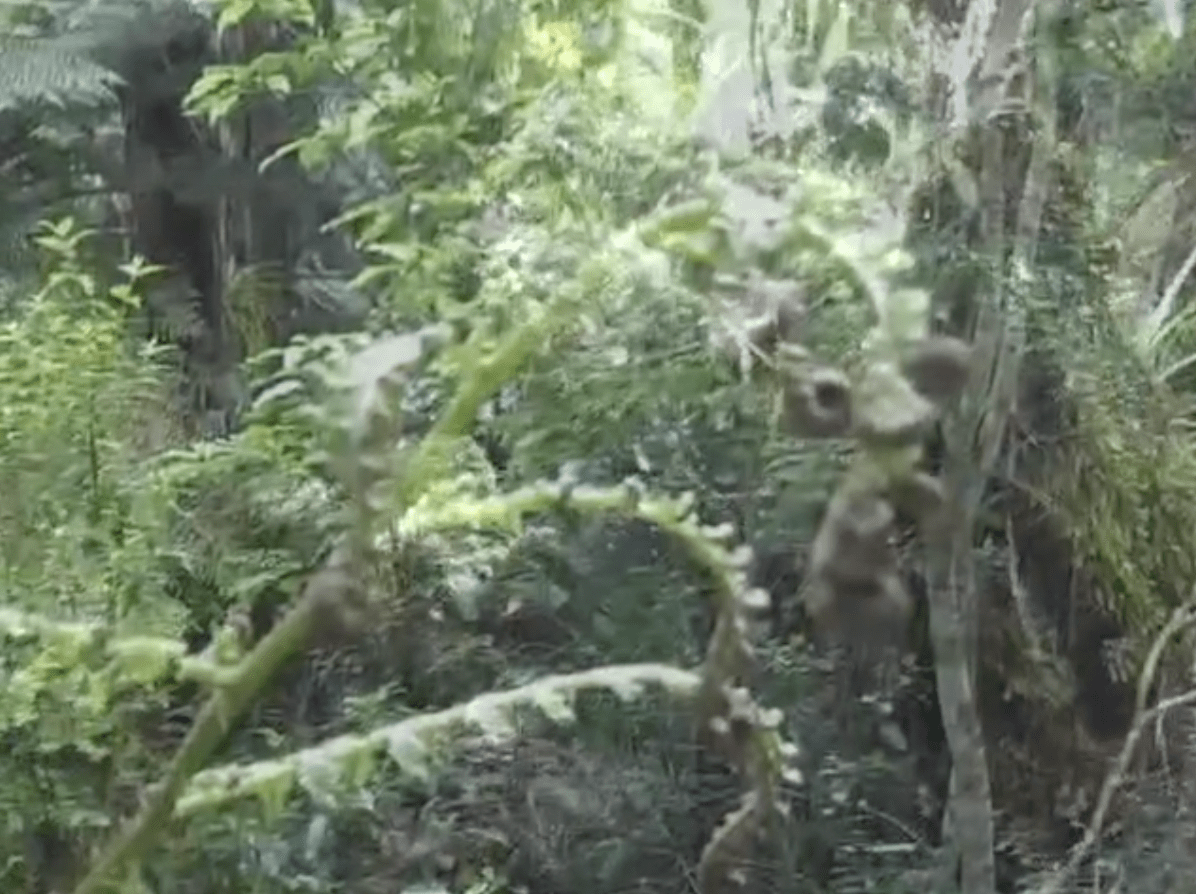Toyah Webb is our Summer Research Scholar for Summer 2020-21. Today she takes us on the journey of making ‘I do not like to burn’, a new creative project for the Emily Cumming Harris website.
Making I do not like to burn was a creative, technical and – at times – physical challenge:
How to represent Emily’s artistic labour in a video?
How to translate her words and works to the screen?
While not my usual creative mode (I am much more comfortable with words), video turned out to be the perfect medium, both to communicate the dynamism of the archive and the ephemerality of its subject-matter. I do not like to burn is intended to showcase Emily’s three books, New Zealand Flowers, New Zealand Berries and New Zealand Ferns, in a way that highlights the detail of each illustration.
Having just completed Michele’s ‘Opening the Archive’ paper (co-taught by Linda Tyler) as part of my English honours degree, I was excited to think about new ways of imagining the archive. The Emily Harris project is already a double-archive – an online space for Emily research and a re-presentation of the Harris family’s own archive. The fact that Emily wrote diaries reveals her wish to create a record of her life. The title of the video, I do not like to burn, is drawn from Emily’s notes and alludes both to the burning desire to archive and the precarious nature of memory once committed to paper.
~
Gathering diary excerpts for the video was a collaborative process. Michele had already compiled a document with quotes pertaining to Emily’s books, while I noted down passages about plants. Michele’s research assistants, Dasha and Brianna, selected further excerpts for the script. I compiled these and curated them into three narrative sections: Berries, Ferns, Flowers. The decision to re-order the books (usually Flowers, Berries, Ferns) was made for narrative and thematic reasons. Each of the three sections possesses a specific atmosphere, based on the associations of each botanical body. ‘Ferns’ stands out in the middle of the video as the moment of narrative conflict; ‘Berries’ is the first section, which begins with a reflection on childhood. ‘Flowers’ ends the video, to highlight the fleeting and ephemeral quality of Emily in the archive.
~
It was the season to be creating a video about botanical illustrations; green karaka berries and native ferns lined my street in Titirangi. On my daily walk to the beach, I would see new flowers every day. It is easy to imagine Emily growing up in Taranaki, drawing inspiration from the environment and lush flora surrounding her family home.
I quickly decided to travel to Taranaki to film the video, as many of the plants found in Emily’s three books are endemic to the area (there are also several alpine flowers found only in Nelson, where Emily spent her later years). My partner Cole and I spent two days hiking the Pouakai circuit, the account of which can be found here. The Pouakai circuit begins and ends at the Taranaki National Park Visitor Centre, in the northern part of the park; the track winds through the saddle between Mt Taranaki and the Pouakai range, climbing Henry Peak (1220m) in the process. The botany and geography of the area is unique, ranging from native ferns, deciduous cedar groves, ancient swamps and an alpine tarn. With panoramic views of Mt Taranaki, it was the perfect place to film.
However, the hike was also an immense physical challenge. I hadn’t attempted an overnight tramp in a year or so, and found the steep rise to the top of Henry Peak extremely draining. To me, the repetitive labour of the hike – one foot after the other – for the sake of art, reflects the labour Emily undertook to individually hand-colour her drawings. Emily’s labour is gestured to in the script (“August 17th, 1890. A daily record of all our struggles hopes and disappointments for the last eight months would be only such a weary & endless repetition…), but also in the moments the camera shakes. My labour in the present, Emily’s labour in the past, layered and multiple.
~
After filming, Dasha, Brianna and I recorded the script in the University of Auckland sound studio with Tim Page. The script was divided into three parts and written for three voices; they are not single characters, but representative of moods, temporal shifts and stylistic changes within Emily’s diaries and notes. Recording with Tim went smoothly, and the next day I was ready to begin editing.
The editing process was…slow. Having never used Final Cut pro, I had to teach myself from scratch. Creating a narrative with film is so different from using text – I had to consider pacing, framing and composition, but only with image. At times, it felt like learning a different language. The first version of the prototype was a jumpy, uneven mess. However, after a week I had a rough version of the final video, complete with a soundscape and ghostly images of the Harris sisters. The current version of the video exists in its final form due to the generous feedback of Michele and her research team.
I do not like to burn runs for fourteen minutes. The development and creation of the video was undertaken with the support of a University of Auckland Summer Research Scholarship, December 2020-February 2021.
Lead writer: Toyah Webb




Well done Toya and the whole team, I enjoyed the video’s combination of voices and images.